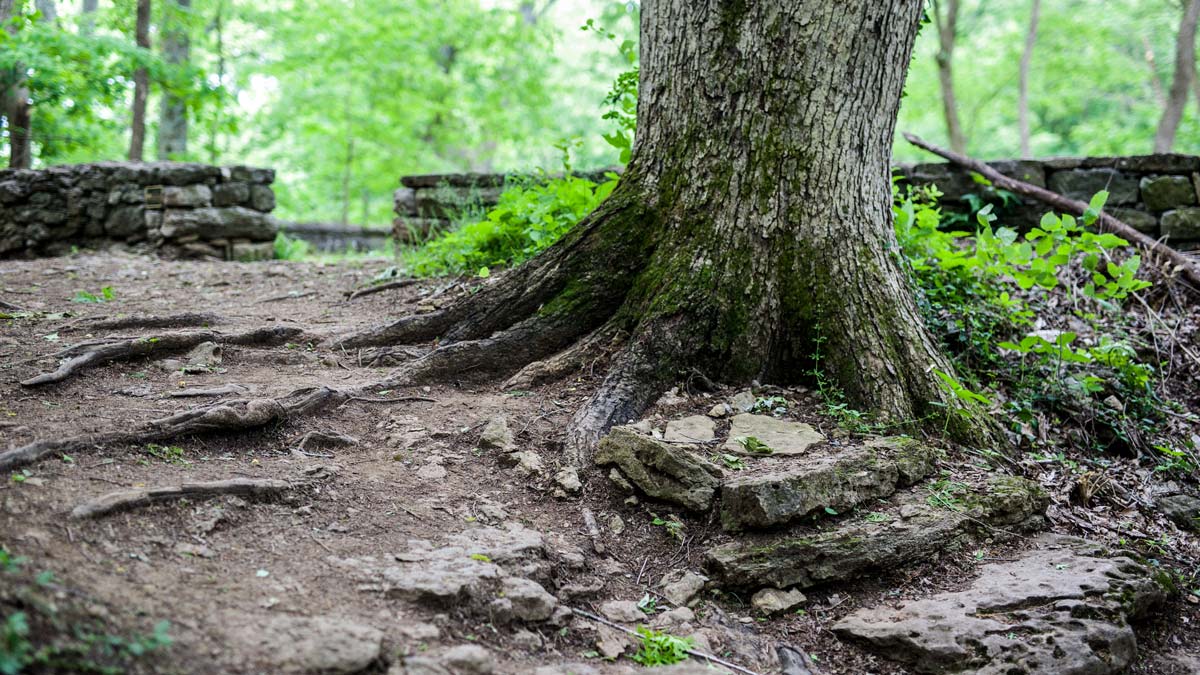The Warner Parks boasts 60+ miles of pedestrian, equestrian, and biking trails, winding through the infamous Harpeth Hills, across tributaries of the Cumberland River, and past hundreds of acres of old hardwood forests. It’s no wonder that nearly 2 million people visit the parks annually– a number that has doubled in the past few years in response to the pandemic and a growing city.
Over 16+ miles of our hiking trail system remain primitive, or unpaved, and consistently prove to be some of Nashville’s most beloved hiking trails.
Impact on a Well-Loved Trail
Combined with the impact of harsh weather and other natural occurrences, our trails have experienced significant soil erosion, root exposure, trail widening, poor drainage, and standing water on the trail.
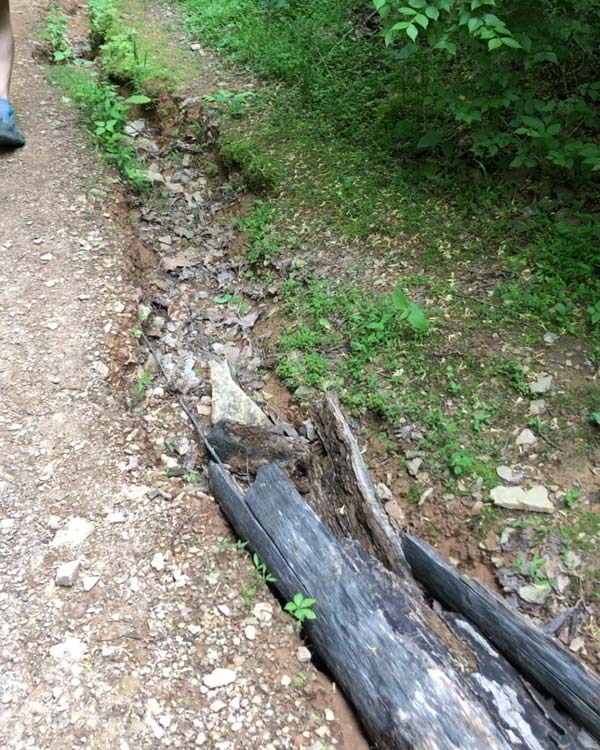
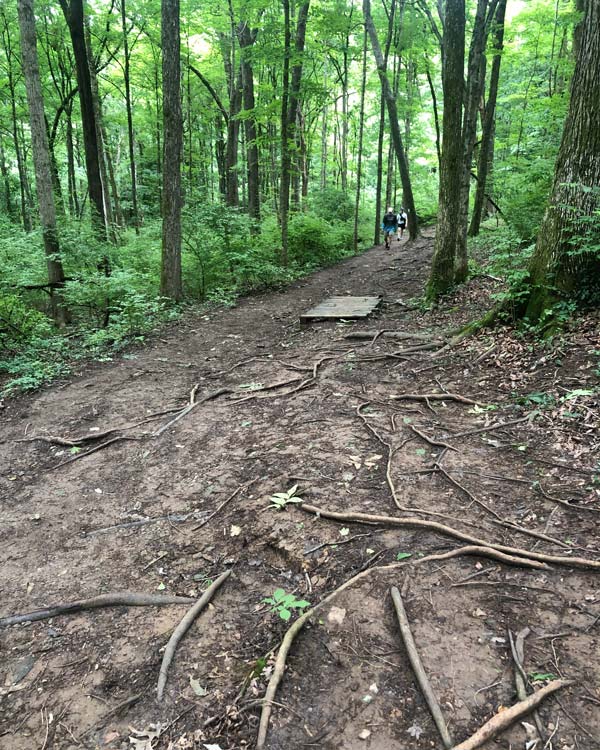
We recognize that human impact on the trail is considered largely unavoidable– our trails are meant to be loved! In fact, proper trail design with regular maintenance can work wonders when trying to mitigate environmental impact on an ecosystem.
In collaboration with Tailored Trails, LLC, we are actively working to improve trail durability, repair damage, restore drainage patterns, and mitigate erosion through the Warner Parks Trail Restoration Project. This legacy project addresses all 16+ miles of primitive hiking trails in the Warner Parks system including bridges, trails, and connector points.
Did I Just See an Excavator on the White Trail?
You sure did! The trail crew with Tailored Trails has already begun work on our trail system. Each crew is made up of 2 equipment operators and 3 “hand crew” members. The equipment operators use mini excavators for the primary shaping and moving of the earth, bringing subsoil to the surface to dry and help hold the shape of the trail. They also use the excavator to level out the trail, filling in holes or divots, and evenly compact the surface of the trail. The use of heavy equipment not only speeds up the trail maintenance process, but allows for our trails to withstand higher volumes of impact over time.
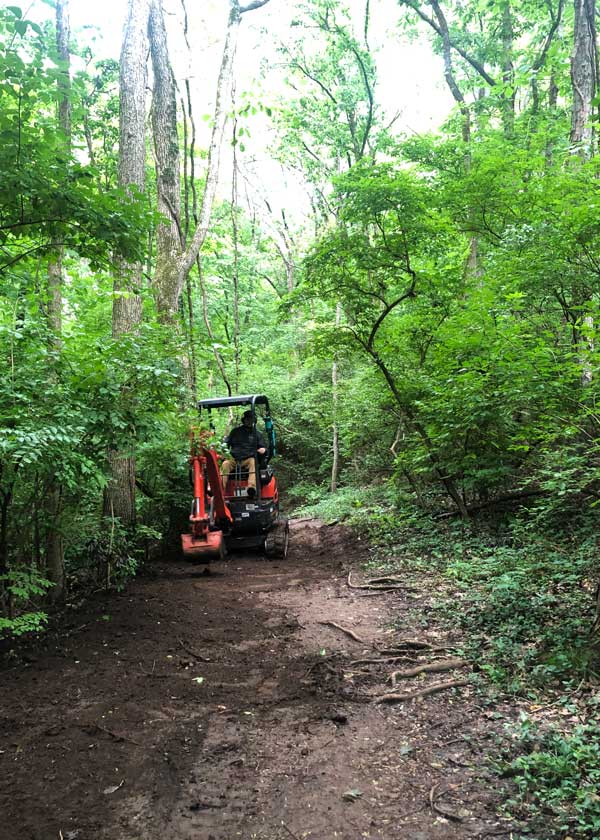
The hand crew, also referred to as “finishers”, use rakes, adze hoes, and pruning shears to polish the trail and clean up after the excavators. These tools serve a variety of purposes, such as moving excess dirt, cutting out roots and invasive plants, and prying rocks out of tough soil.
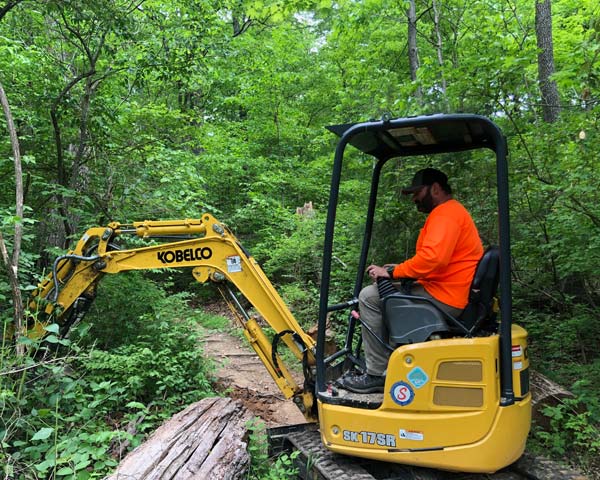
What to Look for on the Trails
Reroutes
Reroutes are useful in areas with significant drainage issues, excessive root exposure, and safety concerns for trail users. These reroutes are sometimes built with a more gentle grade, weaving through the landscape while adding distance to the trail. The trail crews have marked these reroutes with orange flags in the Parks. You’ll notice that debris from trees and shrubs is placed to naturally cover old trails, allowing them to heal while we redirect users to the reroutes.
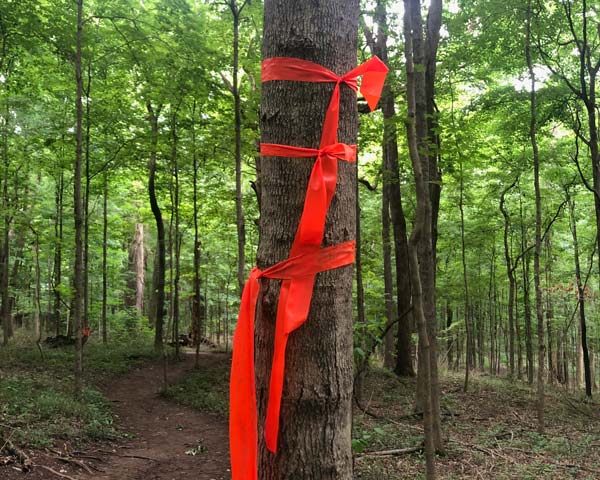
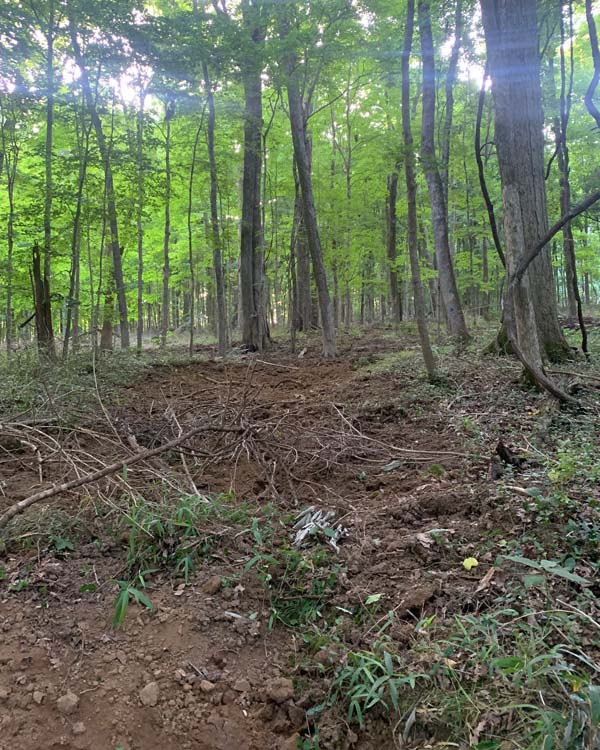
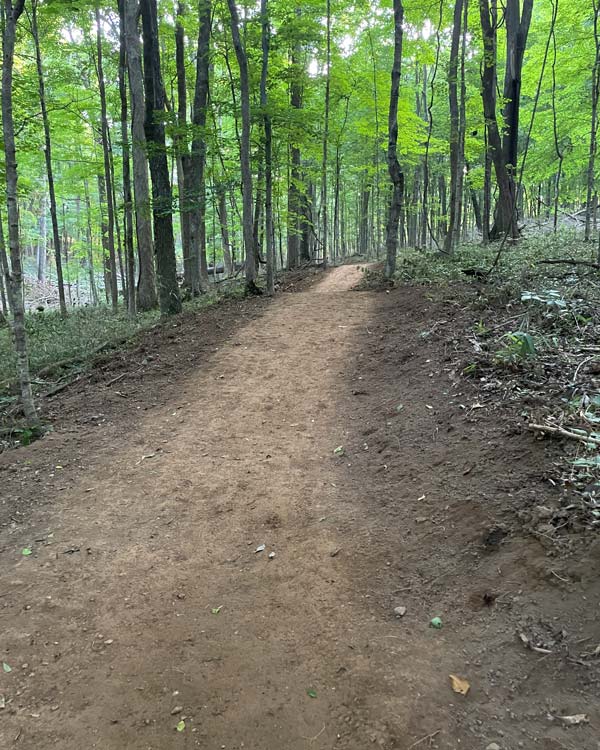
“Social Trails”
Social trails are informal trails created by compaction and erosion from human foot traffic. There are several social trails that have formed throughout the Warner Parks, typically created as shortcuts or ways of avoiding harsh terrain or muddy trail conditions. Tailored Trails is actively working to address these social trails, considering the obstacles that cause people to create them and managing these obstacles in a sustainable way. The goal is to remodel these unofficial trails so that they are not disruptive to the natural park features, as opposed to ignoring that they exist.
Natural Barriers
The Tailored Trails crew is using historical, natural trail features such as logs and rocks to create stability, prevent erosion, and improve drainage to divert water away from the trails. Fallen trees and logs create excellent natural barriers to organically direct reroutes away from the old trails.
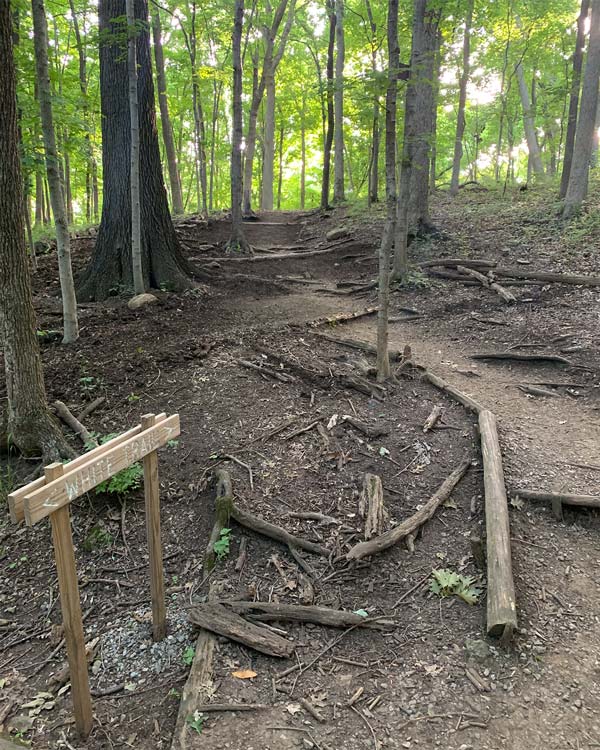
Improved Drainage
Drain pipes will be strategically placed to divert water off the trail in areas that experience the most severe flooding. In order to further mitigate erosion and damage from heavy rains, the trail crew has also started to carve out natural drainage paths as water flows from higher elevations. There are several of these drainage paths carved out along steep inclines at the Burch Reserve.
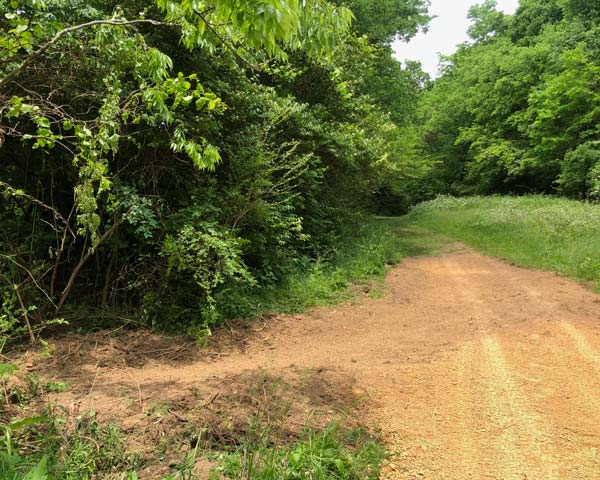
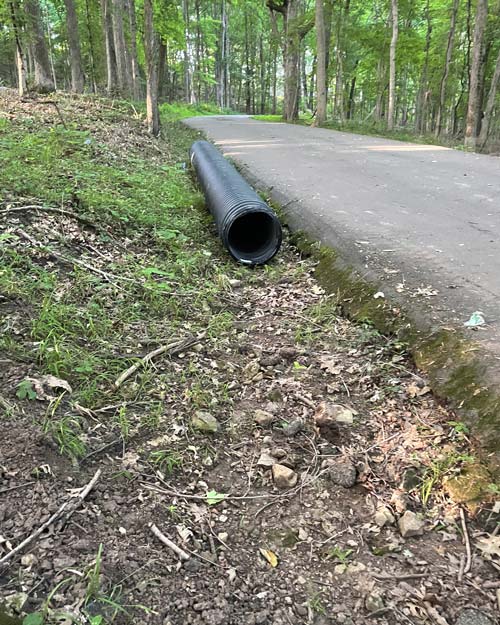
The Warner Parks Trail Restoration Project is just one of many projects to maintain trail durability and accessibility in the Warner Parks. Love the trails? Consider supporting this project by becoming a sustaining member of the Warner Parks, making a donation, or volunteering.

